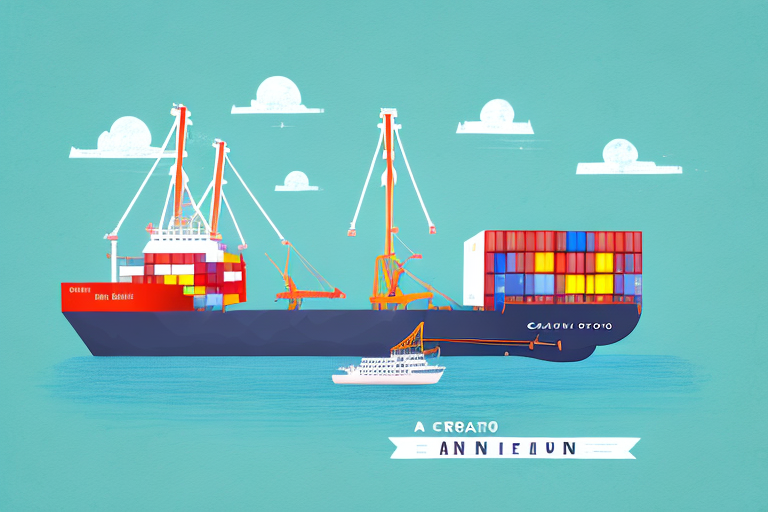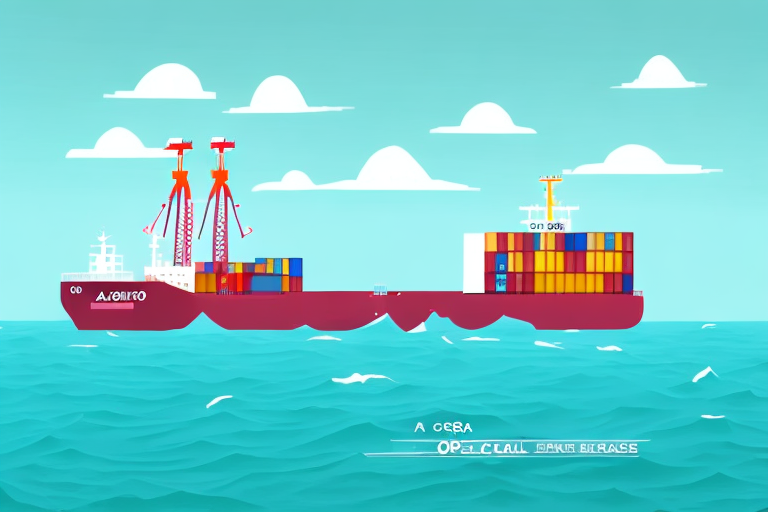Understanding CWT: Definition and Importance in Shipping
In the shipping industry, various terms and measurements are essential for effective logistics management. One such crucial term is CWT, which stands for hundredweight. This article explores the meaning of CWT in shipping, its significance, and how it impacts shipping operations.
What is CWT?
CWT is a unit of measurement representing hundredweight. Specifically, it refers to 100 pounds (approximately 45 kilograms) in the short hundredweight system, commonly used in the United States and Canada. This differs from the long hundredweight, which equals 112 pounds (51 kilograms) and is primarily used in the United Kingdom.
In shipping, CWT is utilized to measure the weight of cargo or freight, providing a standardized method for calculating shipping costs. This precision is especially beneficial for smaller shipments that do not require a full ton of weight.
The Historical Context of CWT in Shipping
Origins and Evolution
The use of CWT dates back to early trade and commerce, where it served as a standard measurement for goods. Over centuries, CWT has evolved and remains integral to modern shipping, particularly with the expansion of global trade and the rise of e-commerce.
Role in Modern Shipping
Today, CWT is pivotal in determining shipping rates, managing logistics, and ensuring compliance with international trade regulations. Its continued relevance underscores its foundational role in the shipping industry's infrastructure.
Calculating and Measuring CWT
How is CWT Calculated?
To calculate CWT, divide the total weight of the shipment by 100. For example, a shipment weighing 10,000 pounds equates to 100 CWT. This straightforward calculation aids in determining shipping costs and optimizing logistics.
Measurement Tools and Techniques
Accurate measurement of CWT is achieved using calibrated platform scales and floor scales. Regular calibration ensures precision in weight readings. Additionally, some carriers employ dimensioning equipment to calculate volumetric weight, which is then compared with actual weight to determine the applicable CWT rate.
Types of CWT in Shipping
Short vs. Long Hundredweight
There are two primary types of hundredweight used in shipping:
- Short Hundredweight: Equal to 100 pounds (45 kilograms), predominantly used in the United States and Canada.
- Long Hundredweight: Equal to 112 pounds (51 kilograms), mainly used in the United Kingdom.
Understanding the distinction between these two types is crucial for international shipments to prevent miscalculations and ensure accurate billing.
Other Measurement Units
Beyond CWT, the shipping industry also employs units such as pounds, kilograms, tons, and metric tons. Each unit serves specific purposes, and proper conversion between them is essential for seamless logistics operations.
Comparing CWT to Other Shipping Measurement Units
Advantages of Using CWT
CWT provides a standardized measurement that simplifies freight calculations and ensures consistency across different shipments. It is particularly advantageous for smaller shipments where using larger units like tons would be impractical.
Potential Confusion and Solutions
The existence of multiple measurement units can lead to confusion. For instance, a shipment quoted in pounds by one party and in CWT by another can result in discrepancies. To mitigate this, it's recommended that all parties involved agree on a common unit of measurement from the outset.
Best Practices for Utilizing CWT in Shipping Operations
Ensuring Accurate Measurements
- Use regularly calibrated scales to maintain accuracy.
- Weigh shipments without packaging materials to obtain precise cargo weight.
- Document all measurements meticulously to prevent errors.
Optimizing Logistics with CWT
- Plan shipments based on accurate CWT calculations to optimize space and reduce costs.
- Secure cargo effectively to prevent shifting and damage during transit.
- Collaborate with experienced shipping providers for expert guidance.
Future Trends and Developments in CWT Usage
Integration of Advanced Technologies
Looking ahead, the shipping industry is exploring the integration of advanced technologies to enhance CWT accuracy and efficiency. For instance, the adoption of blockchain technology can provide secure and transparent tracking of cargo weight measurements, reducing the risk of fraud and errors.
Adoption of Digital Platforms
Digital platforms are being developed to streamline the calculation and documentation of CWT, making the shipping process more efficient. These platforms can automate conversions and ensure consistency across all shipments.
Conclusion
CWT remains a fundamental unit of measurement in the shipping industry, offering a standardized method for calculating freight charges and ensuring compliance with regulatory standards. Despite its limitations, such as challenges with irregularly shaped goods, best practices and technological advancements are continuously enhancing its utility.
As global trade continues to expand, the role of CWT is likely to evolve, incorporating more sophisticated measurement techniques and digital innovations to meet the demands of modern shipping logistics.






















